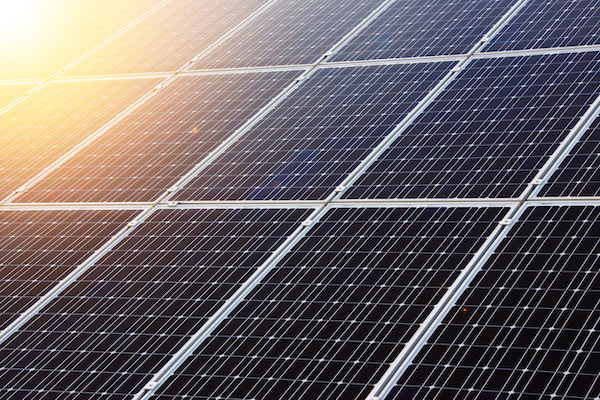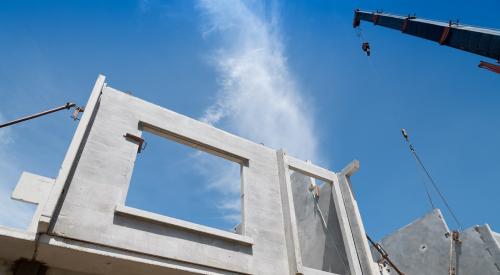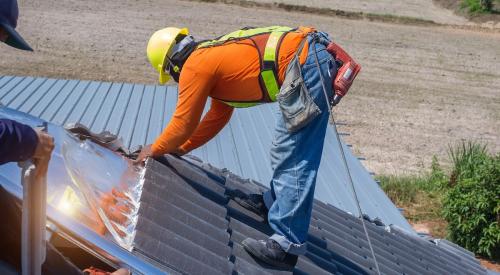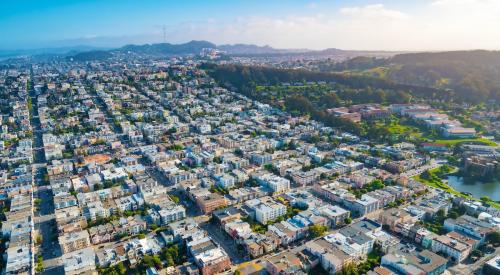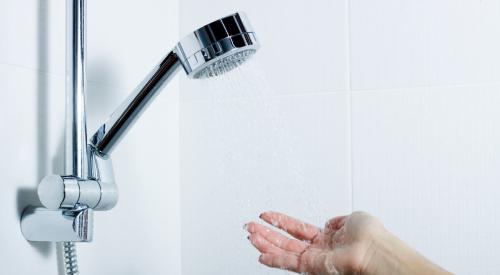Some Californians might be without power for as long as eight days due to utility Pacific Gas & Electric shutting down the grid to avoid sparking a wildfire with a power line accident. But not the Schuhs.
The couple lives and works in the hills north of Sonoma, which has been blacked out by the power company. But the lights are still on in their home thanks to their Tesla Powerwall. Before installing the batteries, the Schuhs has solar panels on their roof connected to the grid, but they were without electricity for three weeks after a fire blazed through their area in 2017.
“We had solar the whole time, but the solar was shut down because it’s connected to the grid,” he says. “So we weren’t able to use that even though it was still generating power.” They installed the battery earlier this year. When the utility warns that it may need to cut off power, the battery gets an alert so that it can automatically fully charge in advance. When the grid is down, the system operates independently, continuing to store power from the house’s solar panels.
As more people install batteries, that can also help reduce the risk of fire by easing stress on transmission lines. “The more people that we can get engaged in helping to provide energy at what we call the ‘edge of the grid,’ the less has to be transported through forest areas and over system distribution and transmission lines that we know are really in need of repair,” says Ann Hoskins, chief policy officer at Sunrun, a company that sells solar power systems and home batteries.
